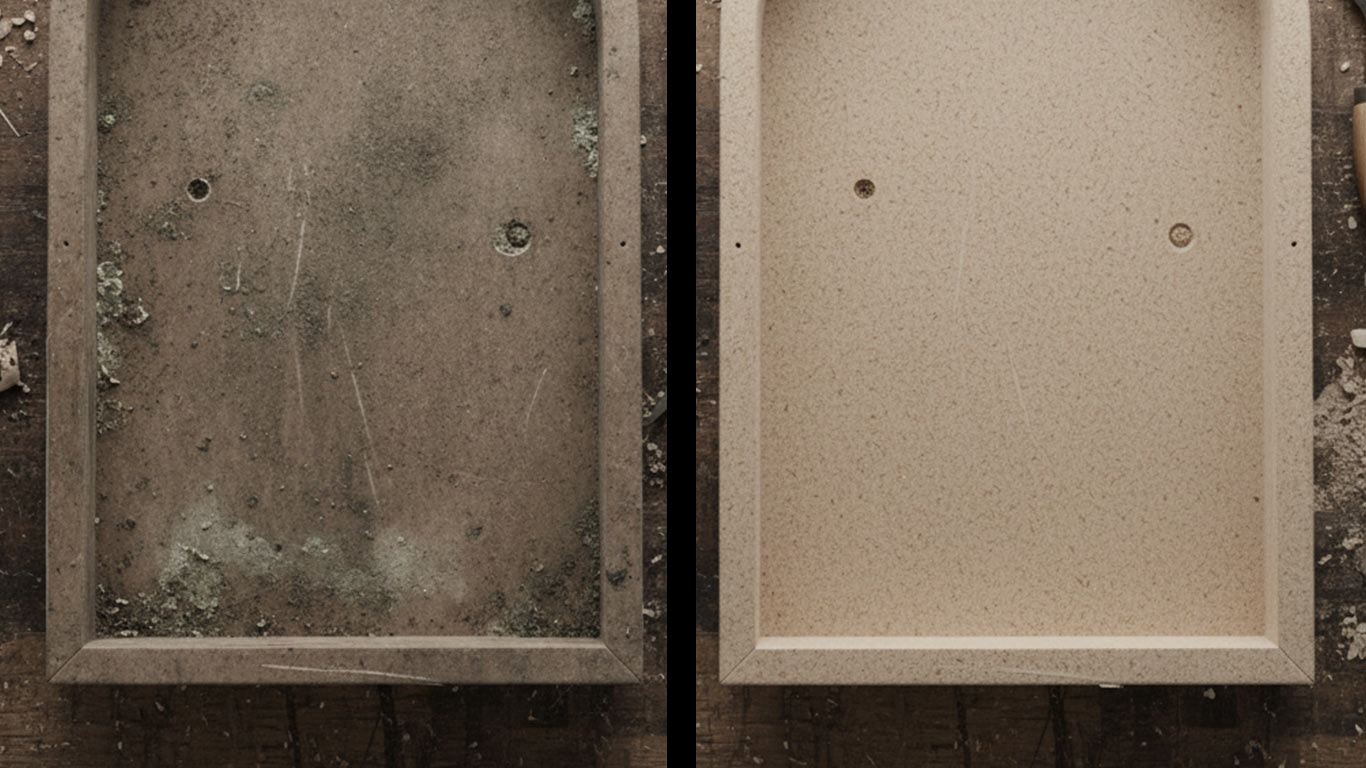
FDA
FDA 21 CFR 1040.10 - Laser Product Performance Standards



MDF distinguishes itself through its uniform density and smooth surface, which allow for exact machining and finishing in furniture and architectural projects—advantages that exceed the capabilities of natural hardwoods.
At 1000x magnification, the MDF surface looks cluttered with dark specks and fine debris scattered everywhere. Dust particles cling tightly to the tangled fibers, making the whole area seem rough and uneven. This buildup hides the natural wood structure beneath a hazy layer of contamination.
After laser treatment, at 1000x, the MDF surface appears smooth with clear, separated fibers standing out. No traces of dirt remain, and the texture feels even across the entire view. This cleaning reveals the

FDA 21 CFR 1040.10 - Laser Product Performance Standards

ANSI Z136.1 - Safe Use of Lasers

IEC 60825 - Safety of Laser Products

OSHA 29 CFR 1926.95 - Personal Protective Equipment